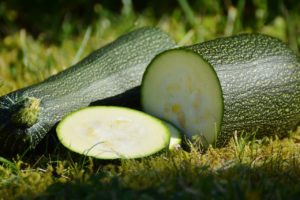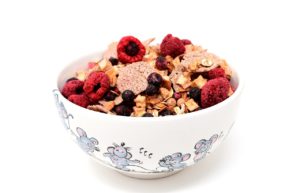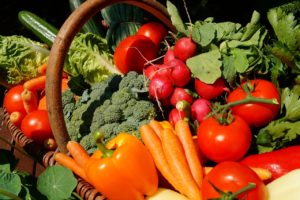Dietary guidelines for adults 2 is, naturally, a follow up to article 1, and focuses on what foods constitute a good diet where article 1 focused upon why we need a good diet. My approach is that food should be fun because most health food aficionados that I know don’t seem to smile too often and therefore I don’t hold them up as good examples. Eating is a major part of life and life should be fun; if we only get one life what’s the point in being miserable? The challenge for healthy eating is to make healthy food fun to eat and reward yourself occasionally with a treat and to heck with the diet.
We need to eat fresh vegetables, fruits, whole grains, nuts, dairy products and drink plenty of water to have a perfect diet. We also have to accept that certain people have allergies. The most common allergies are dairy products and nuts. Just because you have an allergy you shouldn’t use it as an excuse not to eat a healthy diet; if you can’t eat nuts eat more fruit or vegetables to compensate. Using a little common sense will overcome all perceived obstacles. Once you have a diet based upon healthy foods you can add a few luxuries like chocolate and ice cream providing it is within your daily calorie allowance.
A healthy breakfast is cereal, or oatmeal (porridge) with fresh fruit and a glass of milk. If you are really rushed for time a fresh fruit smoothie is great. Alternatively a couple of slices of toasted whole-grain bread. Do away with common white bread it acts like glue in your intestines and creates digestive problems. If you take toast it is always sensible to eat at least one piece of fresh fruit.
If you feel like a snack mid-morning eat a few nuts, a raw carrot or a piece of fruit.
Lunch should consist of a sandwich made with whole-grain bread, a piece of fruit and some green salad leaves. – Common question: “Should I add salad dressing?” – Why not. If you like salad dressing use it or the food becomes boring but use it in moderation.
Afternoon snack – same as morning snack.
Dinner should have meat or fish; red meat is OK in reasonable servings about three times each week. It must have vegetables including peas or beans and if you can utilize fresh fruit for dessert that is even better. Berries are especially healthy and tasty.
To summarize you must eat seven servings of fruit and/or vegetables every day. This is an absolute minimum requirement for a healthy body. Frozen is fine if you are unsure of the freshness of vegetables or fruit because it is snap frozen when fresh and retains the nutrients. Older fruit and vegetables lose nutrient value.
There is much to play with in this diet and the challenge is to make it fun when mixed with some of your favorites.
This article is copyright © David McCarthy 2006 and may only be reproduced in its entirety with no additions or deletions.






